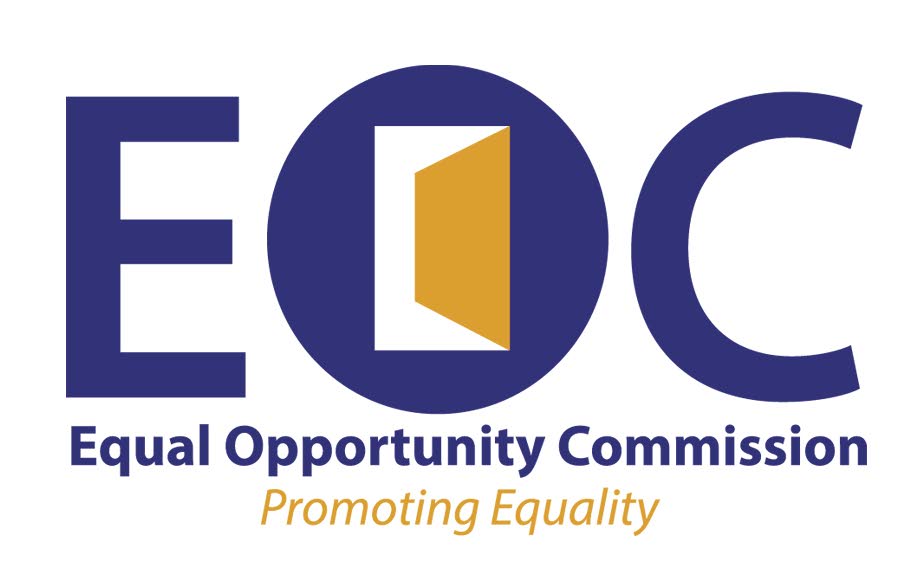Resolving disputes by conciliation

AT THE heart of the Equal Opportunity Commission’s (EOC) mandate is transformation; moving towards a society where there is equality for all. There are many functions of the EOC that support this mandate, and a critical element of that transformation is the process of conciliation.
This was highlighted recently when the EOC presented on the first day of a three-day mediation conference hosted by the Ministry of Sport and Community Development’s Community Mediation Division on July 12. The main theme of this conference was “Building Collaboration in Conflict Resolution – A Transformative Approach to Mediation.”
The EOC’s mediator/conciliator along with other panellists were asked to discuss the topic: “What role can agencies that facilitate conflict resolution play in changing the conversation from an interest-based approach to a transformative approach?”
The EOC can confidently address the topic. We have been resolving conflict through our investigation and conciliation process and by educating our stakeholders. For this column, we would focus on the conciliation process.
When a person lodges a complaint of discrimination at the EOC, the commission receives, investigates and, as far as possible, conciliates the matter. This process is geared towards bringing solutions to the table on issues of discrimination.
Conciliation is an alternative out-of-court dispute resolution process in which the parties in a dispute seek to reach an amicable resolution with the assistance of a conciliator, who acts as a neutral third party. What this means for a person who lodges a complaint at the EOC is that they can utilise the conciliation process to be the architects of a resolution to their dispute.
Our transformative approach to conflict intervention does not seek an immediate resolution to a problem. Instead, the EOC’s conciliator/mediator usually seeks to instil mutual recognition and empowerment between the conflicting parties.
The meaning of empowerment, according to well-known experts Bush and Folger, is termed as enabling the parties to define their own issues and to seek solutions on their own.
Additionally, they term the meaning of recognition as enabling the parties to see and understand the other person’s point of view, to understand how they define the problem and why they seek their particular solution.
Conciliation has the potential to empower people and change policies. For example, let us imagine a fictitious scenario of a person who is blind seeking to open a bank account at their local bank, only to be faced with disappointing news. They have been informed by the bank that they are unable to open the account for the simple reason that the person is blind and would not be able to read and sign the requisite documents.
As a result, this person lodges a complaint at the EOC seeking redress. The matter is investigated and it reaches the stage of conciliation. At conciliation, a decision-maker from the bank is invited to engage with the person, who can detail their unfortunate experience and equip the bank with first-hand information on how this policy affects their customers.
We can therefore understand how the conciliation stage would have created a sense of empowerment to not only that person who is blind, but in like manner to others who may feel that they do not have a voice. Conciliation gives a voice to people and may offer a differing perspective to others.
By virtue of parties participating in the conciliation process, they would have experienced the EOC’s transformative approach through conflict resolution. It is important to note that one of the hallmarks of the conciliation process at the EOC is the private and confidential nature of the process.
Overall, the process of conciliation has the propensity to even change institutional systems. Undoubtedly, it can be a catalyst for changing the conversation because decision-makers and policymakers converge at conciliation, which in itself is a transformative approach.


Comments
"Resolving disputes by conciliation"